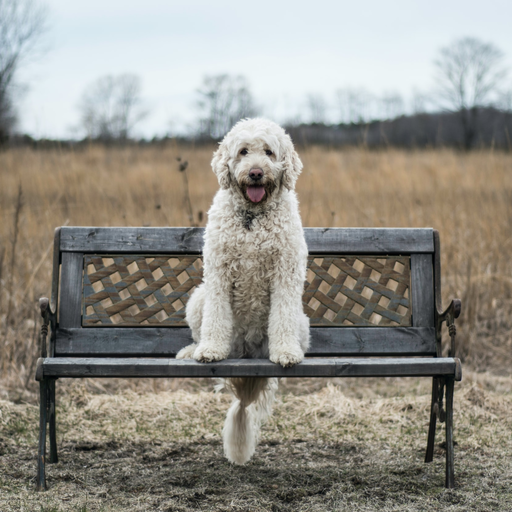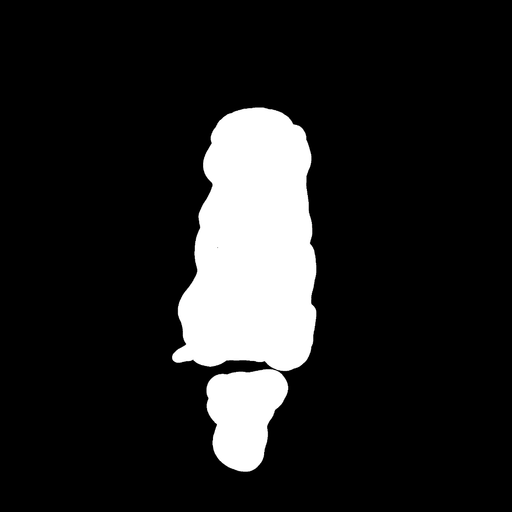You are viewing v0.14.0 version.
A newer version
v0.32.2 is available.
Text-Guided Image-Inpainting
The StableDiffusionInpaintPipeline lets you edit specific parts of an image by providing a mask and a text prompt. It uses a version of Stable Diffusion specifically trained for in-painting tasks.
import PIL
import requests
import torch
from io import BytesIO
from diffusers import StableDiffusionInpaintPipeline
def download_image(url):
response = requests.get(url)
return PIL.Image.open(BytesIO(response.content)).convert("RGB")
img_url = "https://raw.githubusercontent.com/CompVis/latent-diffusion/main/data/inpainting_examples/overture-creations-5sI6fQgYIuo.png"
mask_url = "https://raw.githubusercontent.com/CompVis/latent-diffusion/main/data/inpainting_examples/overture-creations-5sI6fQgYIuo_mask.png"
init_image = download_image(img_url).resize((512, 512))
mask_image = download_image(mask_url).resize((512, 512))
pipe = StableDiffusionInpaintPipeline.from_pretrained(
"runwayml/stable-diffusion-inpainting",
torch_dtype=torch.float16,
)
pipe = pipe.to("cuda")
prompt = "Face of a yellow cat, high resolution, sitting on a park bench"
image = pipe(prompt=prompt, image=init_image, mask_image=mask_image).images[0]image |
mask_image |
prompt |
Output |
|---|---|---|---|
 |
 |
Face of a yellow cat, high resolution, sitting on a park bench |  |
You can also run this example on colab
A previous experimental implementation of in-painting used a different, lower-quality process. To ensure backwards compatibility, loading a pretrained pipeline that doesn't contain the new model will still apply the old in-painting method.